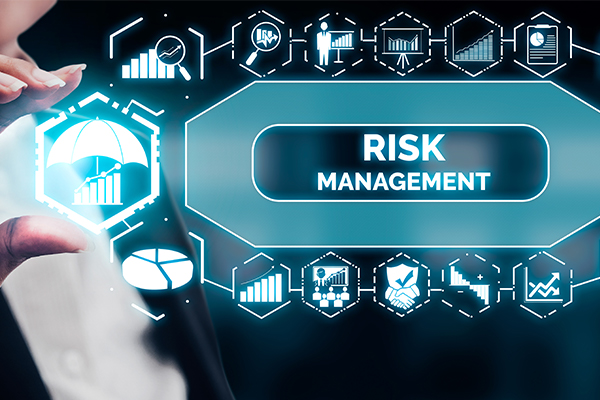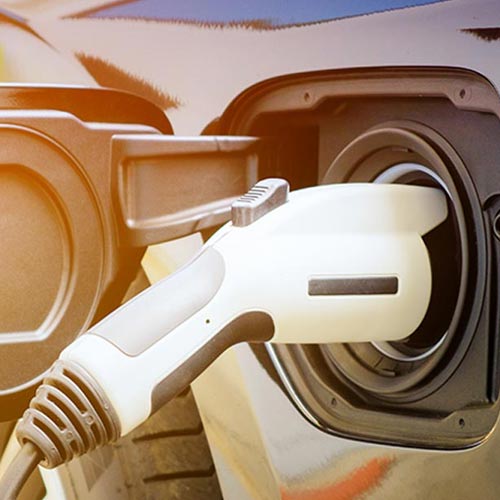Sustainability risks fully integrated into core risk management model

Business leaders say three of the five worst risks facing their businesses today are climate-related, according to the World Economic Forum’s 2019 Global Risks Report. And in another sign of how important climate issues are becoming to businesses, the UK government has said it may oblige market-listed firms and pension funds to disclose climate change-related risks starting in 2022.
Clearly, Sustainability Risk Management is a key priority also to Prysmian Group, which began identifying these specific risks and integrating them into its Enterprise Risk Model beginning in 2015.
Prysmian Group’s Chief Risk Officer Alessandro De Felice oversees all of the strategic, financial, operational, legal, and planning risks that can impact the company’s performance, including sustainability risks in those categories. He works closely with the Group’s Health Safety and Environment (HSE) function to identify and monitor potential sustainability risks and come up with ways to deal with them and constantly report it to the Risk Control Committee established within the Company Board of Directors.

Prysmian’s Sustainability Risk Model is a common and clearly defined methodology used to evaluate specific risk events in terms of impact, probability of occurrence and level of adequacy of the monitoring system in place. The company has identified a category of risks – linked purely to sustainability and others that may have a sustainability impact – to which the Group is exposed under its business model. The Chief Risk Officer (CRO) reports these situations to top management at least twice a year.
Climate change risks
Climate change is predicted to have far-reaching repercussions on ecosystems, economies, human health and well-being, and Prysmian assessed the potential impact on business in the medium- to long- term in 2017. It is undertaking a new assessment this year following the acquisition of General Cable, as well as using a new methodology it has developed to check actual risk exposure by examining the physical data and information for each plant.
The Prysmian Risk Management team and the Group HSE carried out a climate change risk analysis with the aim of evaluating the potential impact on Prysmian business operations in terms of plant locations from an increase in sea level (estimated by 2100), the change in temperatures (from 2016-2035), and the change in precipitation in summer and winter (from period 2016-2035).
It found the group has a low exposure to changes in precipitation in summer and winter and low exposure to temperature increases except for plants in areas with a maximum expected increase in temperatures of + 1.5 ° C. It also found that Prysmian has an exposure to risks related to the potentially significant rise in sea levels (>0.5 meters), affecting about 10% of the Group’s plants positioned close to the sea. The company has already evaluated potential measures to deal with this theoretical risk, and these measures do not have a significant economic impact.

The group also looked at risk of water shortage. Water for the cooling of semi-finished products is recirculated, entirely or partially, to avoid excessive consumption. The company assessed the impact of unavailability water or “water stress” (defined as the ratio between water demand and available water) in the year 2030, and changes in water supply and water demand projected for 2030. The Group analyzed the geographical positioning plants to identify which could be exposed to water risk. The results of the analysis show that about 20% of the Group's plants are located in areas extremely exposed to the risk of water stress, estimated by 2030. Prysmian is analyzing the General Cable plants for water stress in 2019.
Lastly, Prysmian has adopted guidelines and policies for its supply chain that suppliers are required to comply with and sign. Any suppliers that are engaged in actions not conforming to the principles of environmental and social sustainability may be temporarily or permanently excluded from the group’s supplier list.

Other sustainability risks
Through the Environmental Management System, the Group’s HSE team is able to constantly monitor any changes and/or developments in energy and HSE laws for changes in environmental rules. It must also make periodic reporting to the Group risk management bodies, in order to discuss any actions that must be taken for compliance with the law.
In terms of operational risks, its global manufacturing activities are subject to strict environmental regulations. The most significant of these include pollution of the soil and sub-soil and the presence/use of materials and substances considered hazardous to human health. Prysmian adopts procedures that keep the risk at an acceptable level. Environmental issues are managed centrally by HSE, through training to guarantee strict compliance with the regulations, in accordance with best practices, in addition to monitoring the exposures to risk using specific risk indicators.
Prysmian also closely monitors its compliance risk in the area of sustainability to make sure it adheres to all environmental and social laws and regulations. Energy efficiency falls into this category, and Prysmian is completing an Energy Audit Plan of the group’s plants to be completed by 2020.











